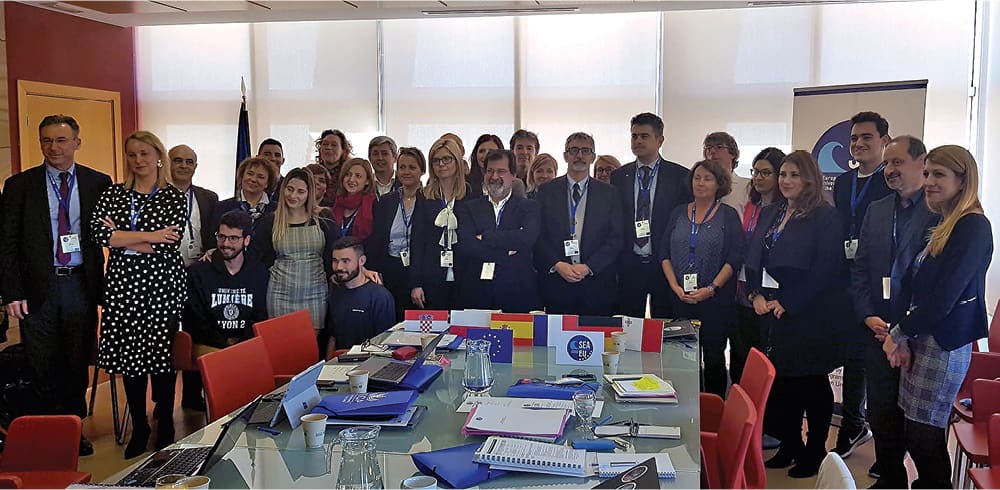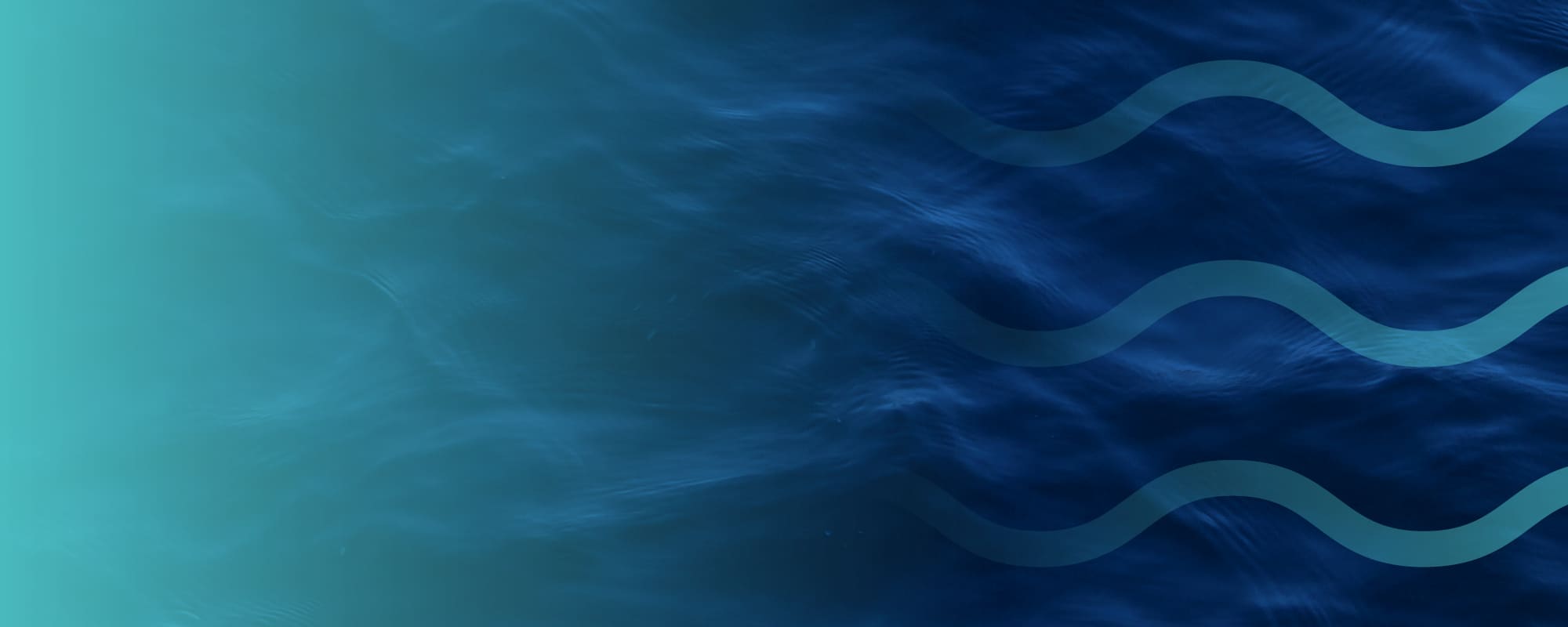Now involving nine European universities, SEA-EU is an alliance that pools resources in order to effectively compete with well-equipped universities in China and the USA. But how does an alliance of universities even work? THINK explores the University of Malta’s most beneficial alliance yet.
It Started with the French
The European University of the Seas (SEA-EU) owes its conception, in part, to French President Emanuel Macron. Irked by the fragmentation of Europe into many countries, languages, educational traditions, and universities, as well as the competitive superiority of universities within China and the United States, Macron made use of a 2017 policy speech in Brussels to push forward the concept of a ‘super university.’
This piqued the interest of the European Commission, who took the concept on board and developed a transnational initiative which would unite European universities into alliance groups: ‘It wasn’t just about the few, best universities in Europe securing more funding and leaving the rest behind. Rather, it’s about many (and not necessarily super) universities getting together, creating a real network supported by the Commission in order to go places we’ve never been before,’ explains Prof. Godfrey Baldacchino, the outgoing SEA-EU Rector’s Delegate. By sharing resources, creating joint degree programmes, and fostering collaboration, together the alliance aims to achieve what would be impossible for each individual member to attain alone. 44 such ‘European Universities’ are now being funded.
Malta’s journey was rocky at first. While the university’s interest was high, being based in the smallest EU nation state proved detrimental initially. Several top universities in Italy, France, and Germany were contacted, but these had different partnerships and goals in mind and ultimately no alliance-in-the-making was receptive.
The University of Malta was then approached by the Spanish University of Cádiz, who proposed the idea of a consortium involving coastal universities, each drawing inspiration from the sea. Describing it as a ‘great and graspable idea’, Prof. Baldacchino highlights the benefits of such an alliance: ‘For the first time, University of Malta (UM) finds itself in a network of European universities that comes with funding.’ As with any other funding project, a number of deliverables need to be completed in order to achieve success. Happily, most funding criteria could be met in conjunction with the universities’ own goals and aspirations: ‘We are currently leading a work package under one of the subunits of SEA-EU to advance open science and open research data. It’s something that our library wants to do, so we are doing it in collaboration with the other universities of the alliance,’ explains Prof. Baldacchino. An open research data policy would allow for unrestricted access to most scientific results, yet there is not one currently in place. The generation of such a policy could lead to its national and international implementation.

The Ins and Outs of SEA-EU
There are four pillars that support SEA-EU: education, research, identity, and mobility. The latter not only allows for student and staff exchanges to take place but also facilitates the sharing of resources, assets, and facilities amongst partner universities. When it comes to numbers, this alliance affects over 100,000 students and almost 17,000 academic staff and researchers across 68 faculties and 117 research institutes. Speaking in his capacity as Coordinator of the Masters in Oceanography programme, Prof. Alan Deidun (current SEA-EU Rector’s Delegate) lends a practical example to highlight the positive impact of SEA-EU in improving the quality of learning and pushing for excellence in student output. Students would benefit from seeing a wave simulator in operation, yet developing one locally would prove too costly. Meanwhile, the University of Split, a SEA-EU partner, has such a resource readily available. ‘Why do we need to duplicate the same model in different universities?’ he asks rhetorically. ‘By pooling and sharing resources, we are giving quality and value for money to the EU taxpayer who ultimately funds this project.’
Stakeholder involvement is high within SEA-EU. While some committees have a purely academic scope – such as developing joint degrees at undergraduate, Master’s, and Ph.D. level – blue industry representatives, student representatives, and local councils report a high level of involvement: ‘It’s not just universities speaking amongst themselves within a rarified circle,’ confirms Prof. Deidun. Indeed, the concept of outreach and civic engagement is one of the pillars of the European Universities Initiative. Both the European Commission and politicians are concerned that some universities might have lost touch with the grassroots of society, instead directing their focus toward cutting-edge research, innovation, and funding opportunities. Prof. Baldacchino stresses the importance of implementing a community-based approach within academia, a factor which he believes is severely lacking: ‘We should be of service to the community, not simply by graduating their kids but by helping them understand, and thus solve, their problems, whatever they may be.’
A New Type of Management
This has led to the birth of the TURQUOOOISE project to build, apply for, and sustain an Erasmus Mundus Joint Masters degree in the Sustainable Management of Organisations. Basing itself on the foundations of CSR (Corporate Social Responsibility), the proposed degree aims to introduce a new role within the corporate sphere: that of the Turquoise Manager.
Corporate Social Responsibility (CSR) is a proactive approach adopted by private business to improve company culture and provide a more sustainable output on all fronts.
The colour choice in the title is a direct visual representation of what the role represents: ‘A Turquoise Manager, or TM, is somebody who understands the need but also the opportunities of transitioning to a preferably zero-carbon economy. This is in line with green growth and sustainable practices while at the same time tapping the blue economy – that’s why green and blue,’ Prof. Baldacchino explains. The aspiration behind the role highlights the increasing importance of community-focused approaches across public governance, business, and academia, a vision which is supported by SEA-EU and the European Commission. ‘When people recruit a manager, an accountant, a technical officer, that person comes on board with an orientation not just for profit but also for people and planning.’
In more technical terms, the course aims to shape students into flexible, resilient, and ever-inquisitive employees who can survive, operate, and thrive in an uncertain, demanding, and ever-changing environment. The impact such a role could have on businesses is projected to be substantial: working together towards collective intelligence and reaching the EU’s sustainable development goals.
The term ‘blue economy’ refers to the sustainable use of ocean resources for economic growth, improved livelihoods, and jobs while preserving the health of ocean ecosystems.
The battle between quality of life and sustainability is still somewhat present in popular public concern, yet Prof. Baldacchino directs the conversation to the opportunities gathering steam in the field. ‘We are at a time in history where at least three dozen countries in the world are managing to grow their economy while reducing their carbon emissions. Science is telling us that we don’t need to go around barefoot or not have any plastic. It is possible to rationalise people’s behaviour in such a way that we continue to enjoy a decent quality of life without harming the planet,’ he asserts, concluding that multiple business opportunities in the field are ripe for the taking.
As a pan-university initiative, SEA-EU asserts itself as a network with serious ambitions. A sea of possibilities lie ahead: become a federated university, engaging its own employees and maybe granting its own degrees eventually. A lot is left to be done, but one thing is certain: the future certainly looks turquoise.





Comments are closed for this article!